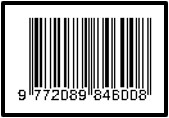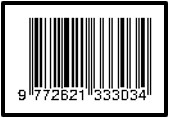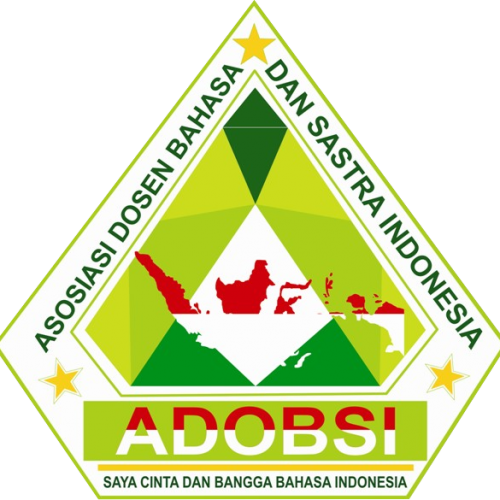Publication Ethics
This statement of scientific code of ethics is a statement of code of ethics for all parties involved in the process of publication of scientific journals, namely the editor in chief, editorial board members, bestari partners, and writers. The Code of Ethics for Scientific Publications essentially upholds three ethical values in publications, namely (i) Neutrality, which is free from conflicting interests in managing publications; (ii) Justice, namely giving authorship rights to those titled as authors; and (iii) Honesty, ie free from duplication, fabrication, falsification and plagiarism in publications.
Publication Ethics
-
The manuscript presents complete and original information and objective data.
-
Source citations and references cited in manuscripts must be informative.
-
Manuscripts cannot be submitted to other journals and have never been published in any media.
-
Everyone involved in the research must be included in the writing team.
-
The author must avoid Fabrication (the act of making data from nothing that does not appear to exist).
-
Authors must avoid Counterfeiting (manipulating research material, equipment, processes, changing data or deliberately removing data or results).
-
The writer must avoid plagiarism (taking ideas, processes, results or words without quoting the source).
-
The writer must avoid fragmentation (breaking up research data into various manuscript themes so that the discussion cannot be in-depth)
-
Manuscripts should not use material copied from other articles without permission.
-
All material / citations obtained from previous studies, involving similar authors related to previous publications must be properly cited.
Duties and Responsibilities of Editor in Chief
-
Evaluate articles fairly and solely on intellectual grounds.
-
Ensure the confidentiality of the article and do not disclose any information about the article to anyone other than the people involved in the publishing process.
-
Have the responsibility to decide when and which articles will be published.
-
Actively seek the views of board members, reviewers and writers on how to improve / enhance the journal's image and visibility.
-
Provide clear instructions to potential contributors regarding the submission process and what is expected of the author.
-
Choosing the right reviewer partners for the review process.
Duties and Responsibilities of Editorial Board Members
-
Strive to improve the quality of publications on an ongoing basis.
-
Implement a process to guarantee the quality of published papers.
-
Promoting freedom of opinion objectively.
-
Maintaining the integrity of the author's academic track record.
-
Submit corrections, clarifications, withdrawals, and apologies if needed.
-
Responsible for the style and format of the paper.
-
Actively soliciting the opinions of authors, readers, bestari partners, and editorial board members to improve the quality of publications,
-
Encourage the evaluation of the journal if there are findings.
-
Support initiatives to educate researchers about publication ethics.
-
Review the effects of published policies on the attitudes of authors and reviewer and improve them to increase responsibility and minimize errors.
-
Encourage the author / writer, so that they can make improvements to the paper to be published.
Duties and Responsibilities of the Reviewer
-
Obtain the task of the editor to study the paper and submit the results of the review to the editor, as material for determining the eligibility of a paper to be published
-
Examiners may not examine written papers that involve them, either directly or indirectly.
-
Maintaining the privacy of the author by not disseminating the results of corrections, suggestions, and recommendations by providing criticism, suggestions, input, and recommendations.
-
Encourage the author / writer to make improvements to the paper.
-
Re-examine the paper that has been repaired in accordance with predetermined standards.
-
The paper is reviewed in a timely manner according to the style of the publication's environment based on scientific principles (data collection methods, author's legality, conclusions, etc.).
Duties and Responsibilities of the Author
-
Ensuring that those who are included in the list of authors / writers meet the criteria as an author / writer.
-
Collectively responsible for the work and content of the article including the method, analysis, calculation, and details.
-
State the origin of the resources (including funding), both directly and indirectly.
-
Explain limitations in research.
-
Respond to comments made by reviewer partners in a professional and timely manner.
-
Inform the editor if he will retract his writing.
-
Make a statement that the paper submitted for publication is original, has never been published anywhere in any language, and is not in the process of being submitted to other publishers.
















